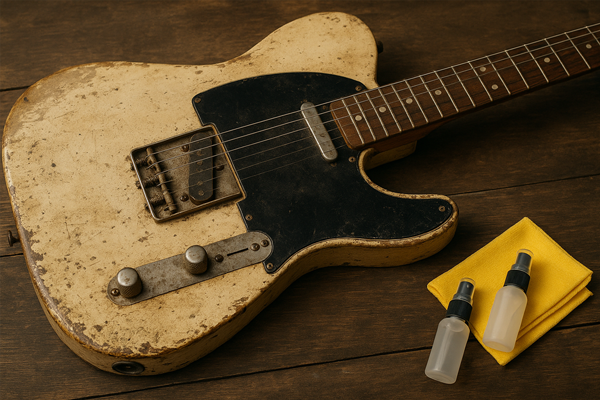Chord Progressions Your First Four Patterns
Learning chord progressions transforms you from someone who knows individual chords into someone who can play actual music. These four essential progressions represent the harmonic backbone of thousands of songs across every genre, from pop hits to folk classics to rock anthems. Each progression demonstrates a different aspect of how chords create musical movement and emotional impact—major progressions that lift and resolve, minor progressions that brood and reflect, and the magical relationships that make certain chord sequences feel inevitable and satisfying. By mastering these fundamental patterns, you'll develop an intuitive understanding of how Western music works at its core while gaining the ability to play countless songs immediately. These progressions use only the open chords you've already learned, proving that musical sophistication comes not from complex techniques, but from understanding how simple elements work together to create powerful emotional experiences.
Ready to customize Guitar Assistant for your skill-level and personal preferences?
